V-1 flying bomb gallery

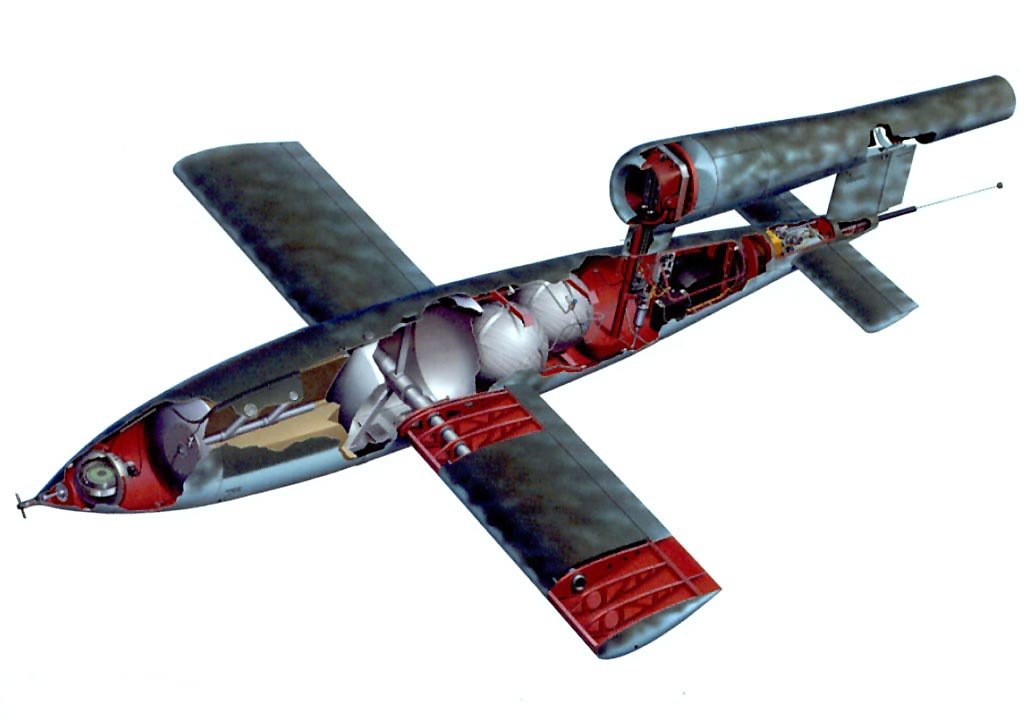


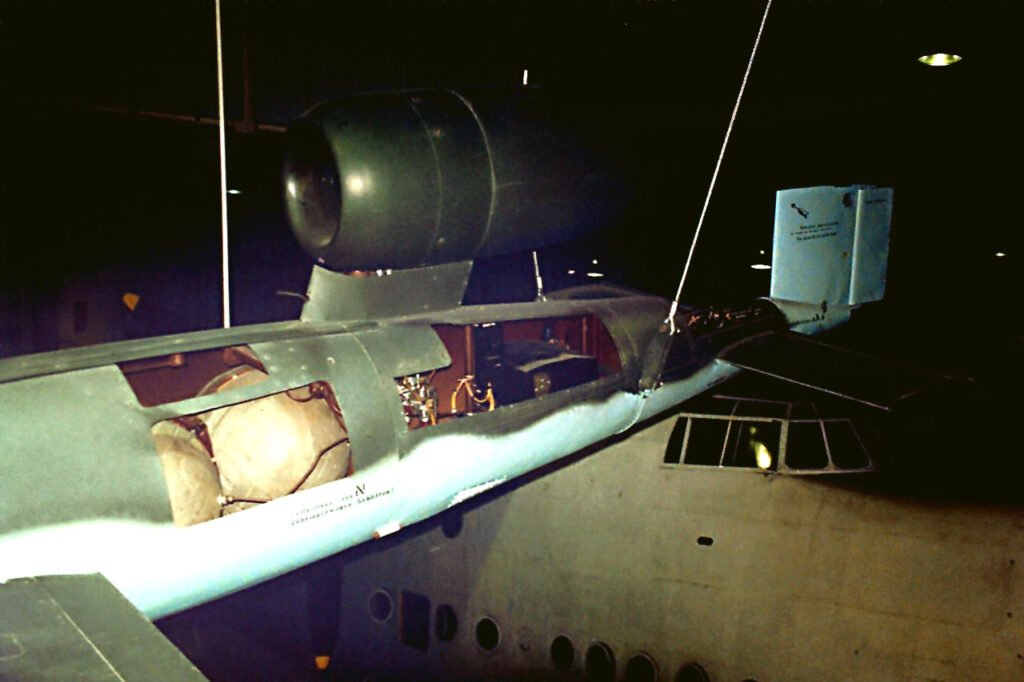

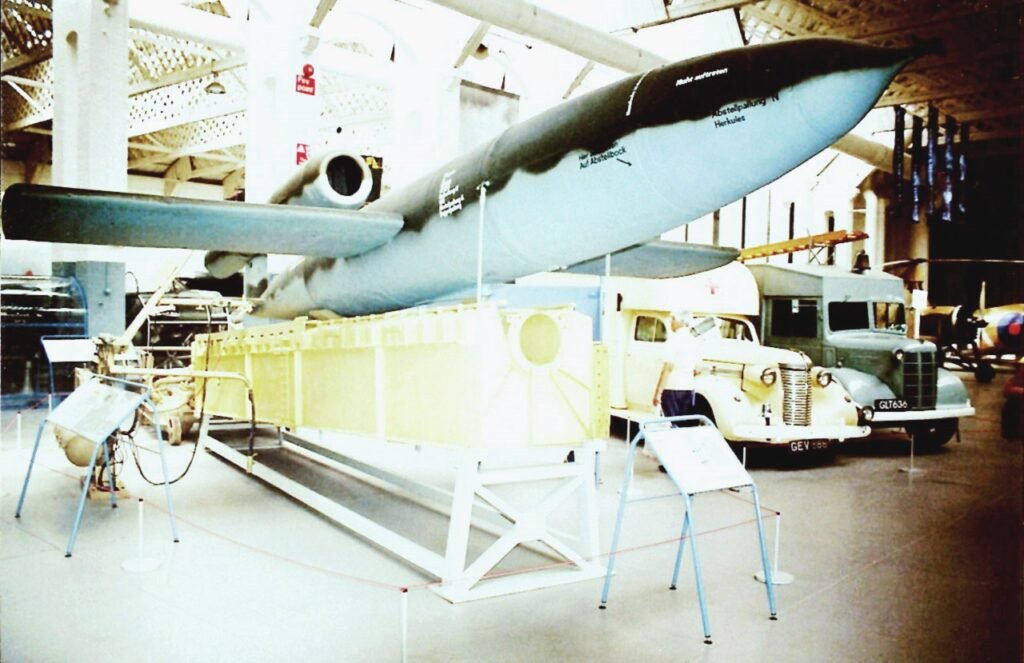

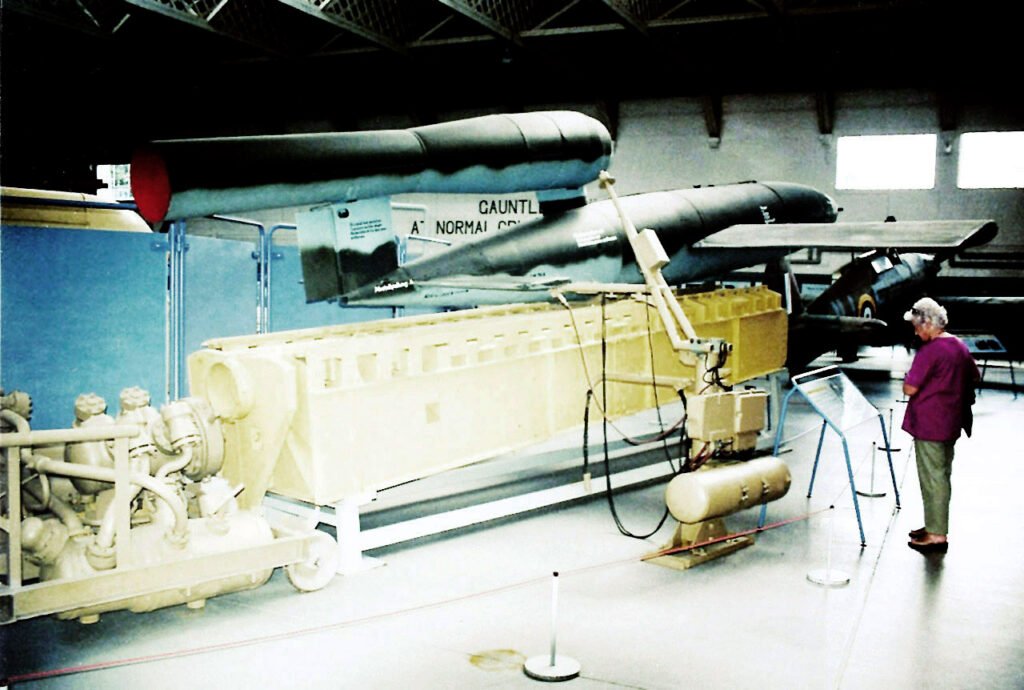
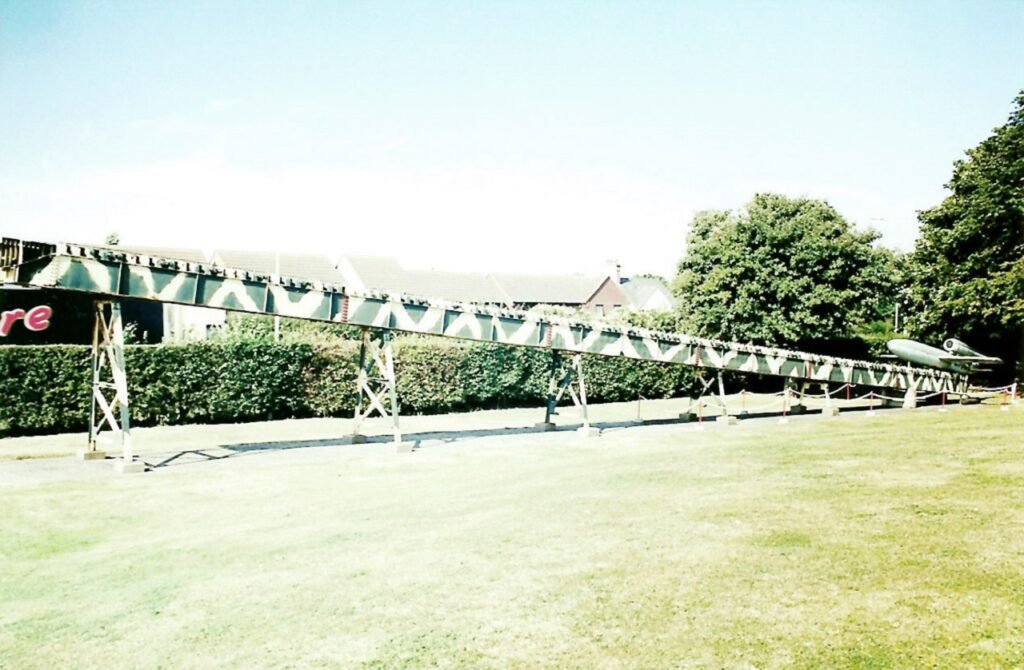


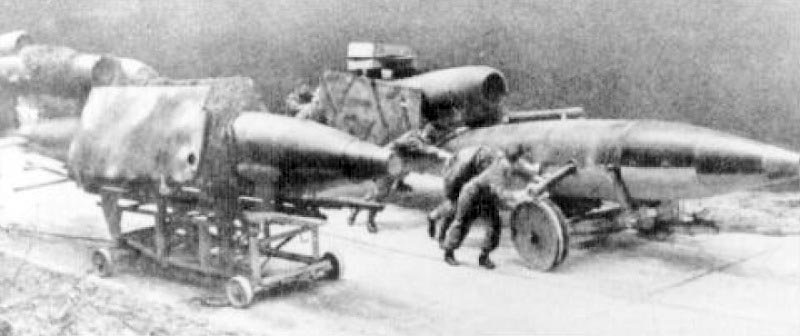

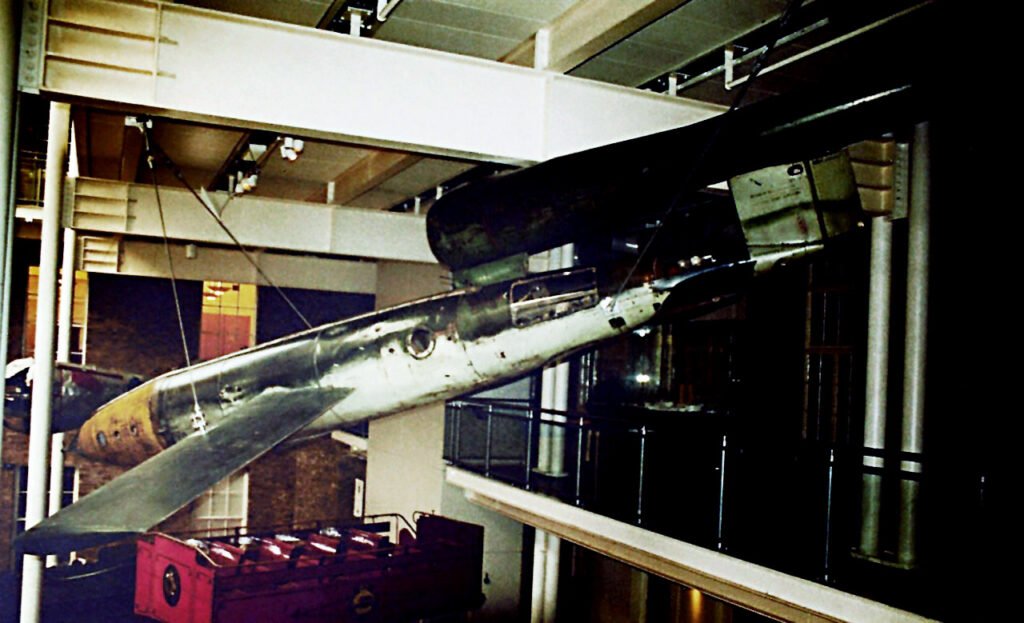
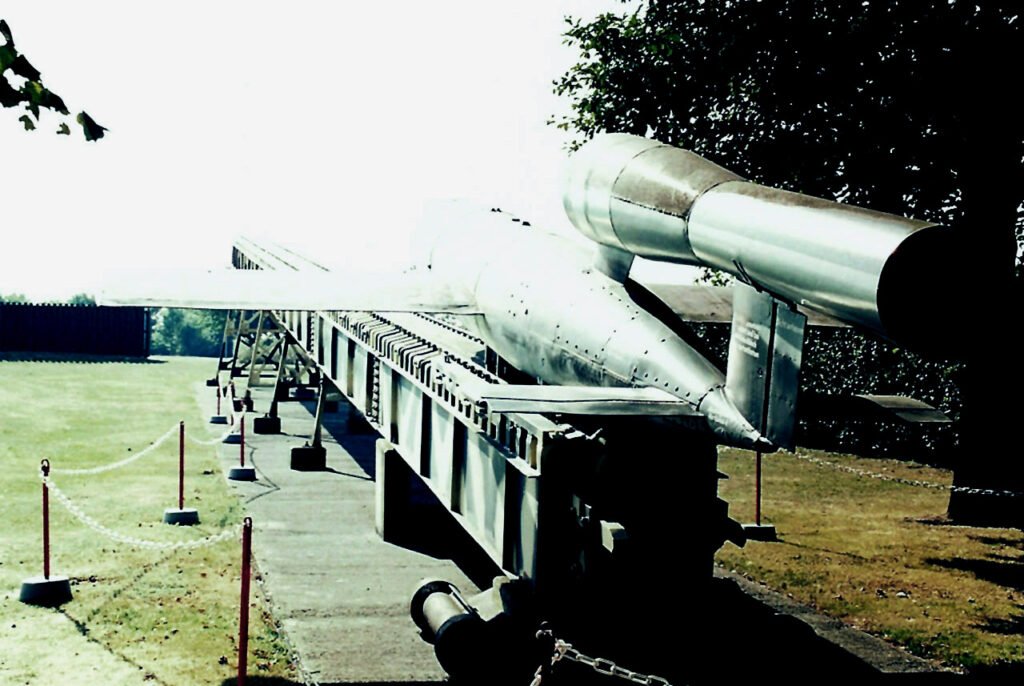
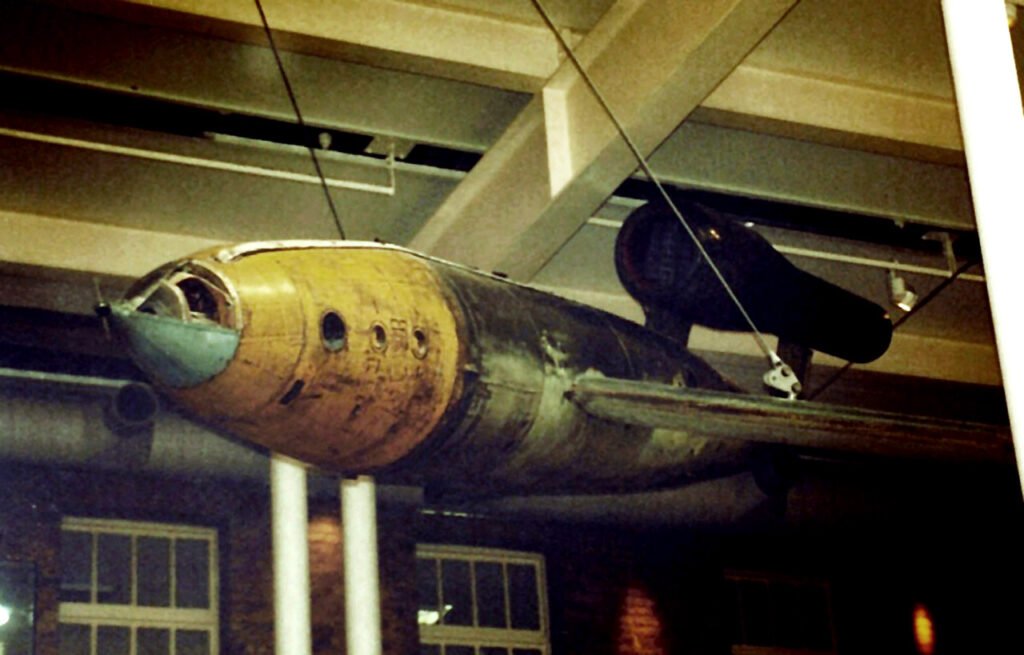



















xxx zzzz yyyy nnn mmm kkk
(Type 87 RCV prototype image). After WWII, the Japanese armed forces were dependent on American supplies to equip a new army,...
(Jaguar prototype mock-up image). The beginnings for a new armoured reconnaissance and combat vehicle (EBRC) began in 2009 when the French...
